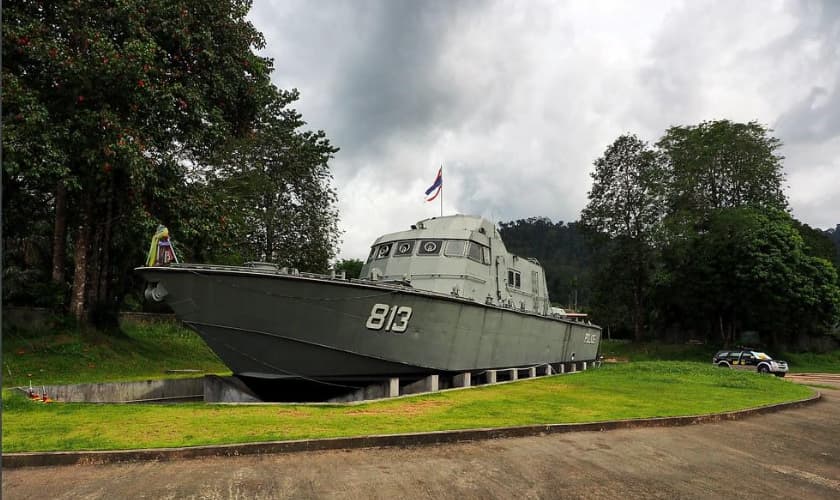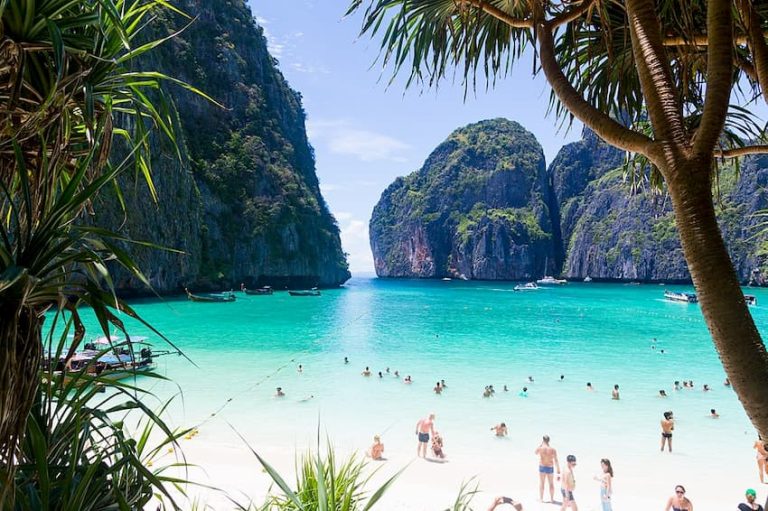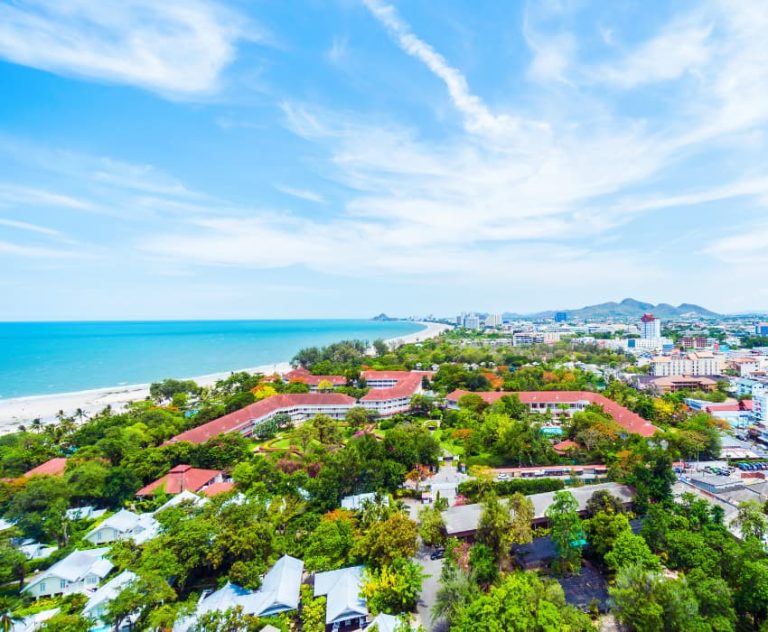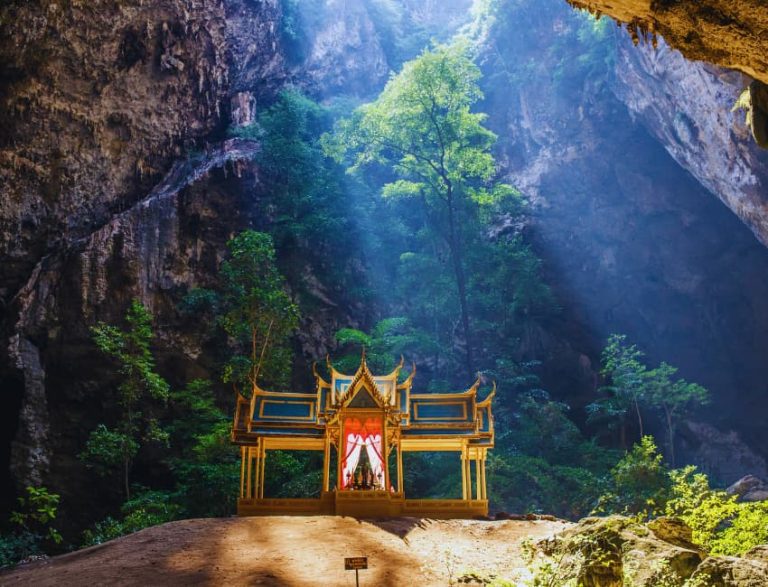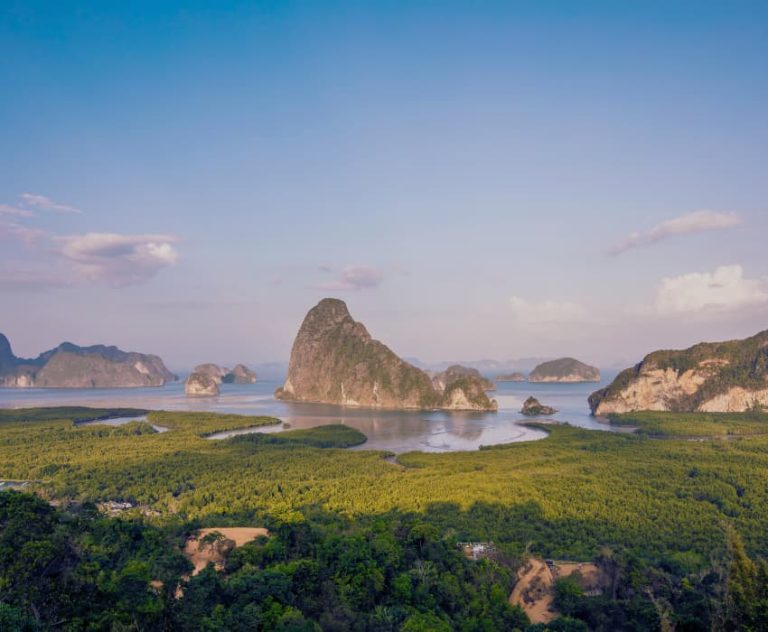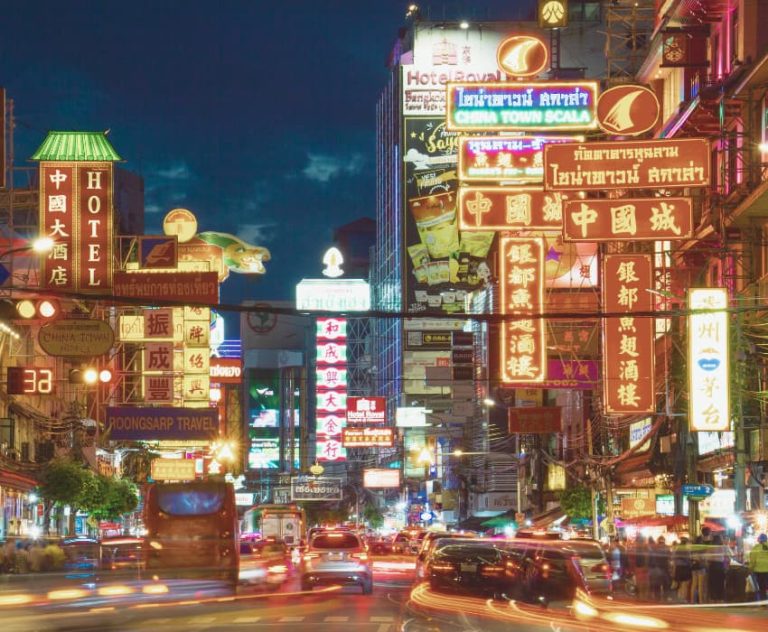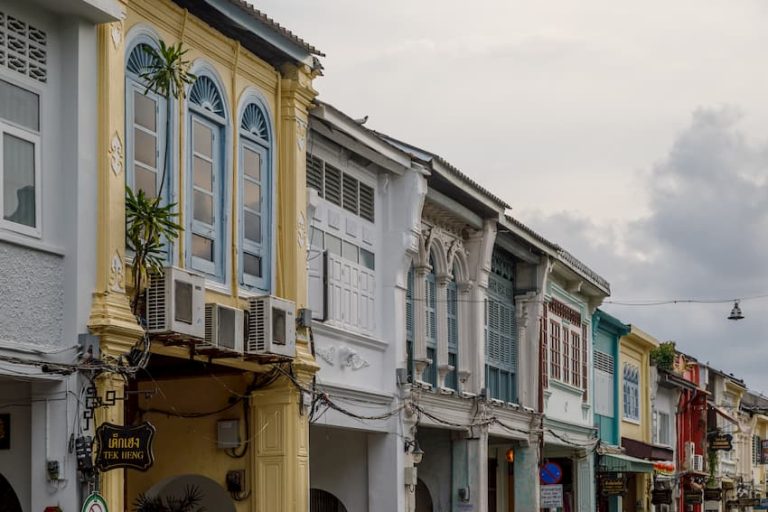On 26 December 2004, the world witnessed one of the most devastating natural disasters in modern history. A powerful earthquake measuring 9.1 struck off the coast of Sumatra, Indonesia, triggering a tsunami that swept across the Indian Ocean. More than 250,000 lives were lost across 12 countries. Millions were displaced, and entire communities were changed forever.
In Thailand, the coastal province of Phang Nga was among the hardest hit. Towns such as Khao Lak bore the brunt of the waves, with tragic consequences for residents and international visitors. Out of this tragedy emerged a commitment to remembrance, education, and resilience. The International Tsunami Museum was created as both a memorial and an educational space, ensuring that the lessons of the disaster are never forgotten and that future generations are better prepared.
It provides an opportunity to reflect, to understand, and to appreciate the strength of communities that rebuilt their lives with hope and determination.
The Origins of the Museum
The museum began as an idea developed by psychology students and their professors. In the aftermath of the tsunami, research projects focused on trauma, resilience, and recovery. Survivors were interviewed in the months following the disaster and again in 2006, revealing that many residents had little understanding of tsunami warning signs or evacuation procedures.
The students recognised the importance of education, not only about the science of tsunamis but also about the cultural and psychological responses to trauma. With the support of local authorities and Western Washington University, the decision was made to create a dedicated space in Khao Lak.
A local business owner generously offered land and oversight for daily operations, and thus the International Tsunami Museum came to life. It was established not just as a centre of remembrance, but as a place where psychology, education, and community action could go together.
Museum Location and Setting
The International Tsunami Museum is located in Bang Niang, a village within Khao Lak in Phang Nga province. It stands on Phetkasem Road, the main coastal route linking Ranong to Phuket. This location was chosen deliberately, placing the museum in one of the areas most affected by the waves.
For visitors, the setting is powerful. Walking through the exhibits, just a short distance from where the tsunami struck with such force, gives a sense of immediacy that is impossible to capture elsewhere. Outside, the presence of the Thai Navy patrol boat 813, carried almost two kilometres inland by the wave, offers a striking reminder of the tsunami’s raw power.
Educational Mission
At its heart, the museum is about education. It explains the science of tsunamis, how earthquakes beneath the sea floor can displace water and trigger enormous waves. It also highlights the warning signs: unusual ocean behaviour, sudden water recession, or unusual animal movements.
The museum’s mission extends beyond geology. Exhibits address the psychological impact of trauma and the importance of understanding cultural responses to disaster. This perspective has been shaped by the students and researchers who contributed to the museum’s development.
Education here is not abstract. It is practical and community-focused. The aim is to ensure that residents, schoolchildren, and international visitors leave with a better understanding of how to react should such an event ever happen again.
Exhibits at the Museum
The International Tsunami Museum houses a wide range of exhibits designed to inform, move, and inspire.
- Police Boat 813
Perhaps the most iconic exhibit is Patrol Boat 813, a Thai Navy vessel assigned to protect members of the royal family. On the morning of the tsunami, it was anchored offshore. When the wave struck, it carried two kilometres inland and left the boat stranded in the middle of the village. Today it remains exactly where it came to rest, a silent testament to the wave’s force.
- Multimedia Presentations
Inside the museum, photographs, videos, and survivor accounts bring the disaster to life. Visitors can watch documentary footage of the waves, as well as personal stories from those who lived through the event. These materials are presented in both Thai and English, ensuring accessibility for a broad audience.
- Thematic Exhibits
Several themed sections help visitors understand the wider impact of the tsunami:
- Tsunamis, Tectonic Plates, and Earthquakes: A clear explanation of the science behind tsunamis.
- The World Becomes One: A tribute to the more than 170 organisations and 60 countries that contributed aid.
- The Tsunami Warning System: Detailing how nations came together to develop a regional early warning system.
- Environmental Effects: Exploring the damage to ecosystems, including contaminated wells and damaged coral reefs.
- Rebuilding Livelihoods and Communities: Highlighting the resilience of local people, especially children and women.
- Compassion and Care: Stories of individuals from around the world who contributed to relief efforts.
Community Contribution
The museum is more than a place of remembrance. It directly supports local communities. Proceeds from entrance fees and merchandise sales are donated to schools and children in the Khao Lak area.
Donations have funded mattresses and mosquito nets for preschools, safe drinking water supplies for schools, and nutritious meals for children. In this way, every visitor contributes not only to preserving the memory of the disaster but also to building a better future for the next generation.
Visitor Experience
A visit to the museum is both moving and informative. Visitors typically spend one to two hours exploring the exhibits, though many linger longer at the Police Boat and personal story displays.
The museum is open daily from morning until evening, and tickets are modestly priced. Exhibits are bilingual, and staff members are available to answer questions. Given its popularity, reservations are recommended during peak tourist seasons.
Visitors often describe the experience as sobering yet valuable. Many leave with a renewed appreciation for the importance of preparedness, the resilience of survivors, and the compassion shown by people around the world.
The Museum’s Role Today
The International Tsunami Museum is not static. It continues to evolve, adding new exhibits and adapting to meet the needs of visitors and the community.
Beyond remembrance, the museum plays a role in community education, ensuring that knowledge is passed on to new generations. It serves as a hub for resilience, showing how communities can recover and even grow stronger in the aftermath of a disaster.
It also provides a model for other educational initiatives. The methods used to explain complex ideas, such as trauma, disaster preparedness, and cultural response, can be adapted for use in schools, universities, and public campaigns worldwide.
229866 individuals lost their lives because of the tsunami. This does not just include Thailand. There were a total of 186983 bodies found, but 42883 individuals are still listed as missing. The people who lost their lives during this disaster are from many countries, including the following.
- 167736 individuals in Indonesia
- 35322 individuals in Sri Lanka
- 18045 individuals in India
- 8212 individuals in Thailand
- 289 individuals in Somalia
- 108 individuals in the Maldives
- 75 individuals in Malaysia
- 61 individuals in Myanmar
- 13 individuals in Tanzania
- Two individuals in Bangladesh
- Two individuals in Seychelles
- One individual in Kenya
Your Stay in Phang Nga
For guests of Phang Nga Beach Resort & Spa, a visit to the International Tsunami Museum offers a meaningful cultural excursion. Located just a short drive from the resort, it allows guests to connect with the history of the region while supporting a cause that continues to benefit local communities.
After a visit, guests can return to Aleenta’s villas and suites, each designed with the resort’s Outside Living In philosophy. The quiet expanse of Natai Beach provides the perfect setting to reflect on the day’s experience.
Aleenta shares a commitment to community support through the Pure Blue Foundation, which funds local schools, environmental conservation, and marine protection. Guests staying at Aleenta automatically contribute to these initiatives, much like visitors to the museum contribute through their entrance fees.
For those interested in balancing reflection with renewal, Ayurah Spa & Wellness Centre offers therapies designed for relaxation and restoration. From sound healing and meditation to Thai herbal treatments and integrative programmes, guests can process their experiences at the museum within a nurturing environment. Complimentary daily wellness activities such as yoga, Pilates, or beach walks provide further opportunities to focus on both physical and emotional well-being.
A Place of Reflection and Resilience
The International Tsunami Museum is not simply a tourist attraction. It is a space that combines remembrance, education, and community action. It reminds us of the vulnerability of coastal communities but also of the human capacity for resilience and compassion.
For visitors to Phang Nga, it offers an experience that stays long after the visit has ended. It is a reminder to appreciate the present, to value community, and to remain mindful of the power of nature.
We encourage our guests to make time for this important visit. It complements the journey of wellness, reflection, and renewal that defines a stay with us. By experiencing the museum, supporting its mission, and then returning to the calm setting of Natai Beach, guests are reminded of both the fragility and the strength of life.
Related Articles
- Khao Lak Beaches
- Things to Do in Khao Lak
- Amazing Beach Getaway near Khao Lak
- Khao Lak–Lam Ru National Park
- Between Two Mountains Khao Lak–Lam Ru
Prefer an AI Summary?
Aleenta Phuket
Phang Nga Resort & Spa
Phang Nga Resort & Spa
33 Moo 5, Khok Kloi,
Takua Thung, Phang Nga
82140 Thailand
T: +66 (0) 76 580 333

